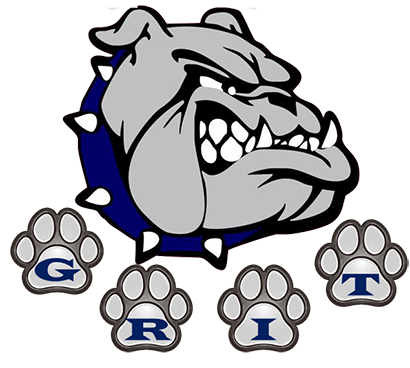About Me
Welcome!
I have been teaching for 19 years (11 at JHS 194) and absolutely love sharing my love of learning with students! Reading is one of my favorite ways to spend my time, although currently I have been reading many picture books with my sons as well as work materials. I have 2 sons (3 years old and 5 years old) and a dog named Smokey.
Along with working at JHS 194, I also am the Educational Coordinator for the Flushing YMCA Beacon Afterschool Program. If your child attends this program, I will be working with the staff to ensure that homework gets completed and that any academic concerns get attention in that setting as well.
Outside of school, I enjoy gardening, hiking, and playing with my boys.
8th Grade- Unit 2- The Thrill of Horror
8th Grade Unit 3: Places we Call Home (MP2)
As part of our English Language Arts (ELA) curriculum, we will soon begin a unit titled Places We Call Home. In this unit, we will explore texts in which real and fictional people endeavor to find a sense of home in new places and among new people. We will consider what makes people call a place home. The texts we will read center on the Essential Question “What are the places that shape who you are?” This open-ended question is intended to spark thoughtful discussion. You may wish to explore this question with your student at home as well.
Unit 3 includes the following texts:
from The Book of Unknown Americans: This novel excerpt focuses on the obstacles the Toro family faces whenever they try to visit their home country of Panamá. Students will learn how to analyze the plot and themes of a work of fiction.
My Favorite Chaperone: This short story by author Jean Davies Okimoto describes the challenges ninth-grader Maya faces as she and her family learn to navigate American culture. Students will learn how to analyze a story’s plot and characters.
Spirit Walking in the Tundra: This poem by Joy Harjo, who was appointed U.S. Poet Laureate in 2019, explains an important lesson learned from a trip the speaker took to Alaska to visit a friend. Students will learn how to analyze themes and imagery in poetry.
New Immigrants Share Their Stories: In this documentary film that highlights the Building Bridges project, students from two schools in New York—including one that specializes in teaching recent immigrants—come together to learn more about each other. Students will learn how to evaluate a documentary.
A Common Bond: This informational text by journalist and award-winning author Brooke Hauser explores what it’s like for students who have recently come to the United States to go to a school with other immigrants from a wide range of backgrounds. Students will learn how to analyze structural features and graphic elements of texts.
Unit 3 includes the following texts:
from The Book of Unknown Americans: This novel excerpt focuses on the obstacles the Toro family faces whenever they try to visit their home country of Panamá. Students will learn how to analyze the plot and themes of a work of fiction.
My Favorite Chaperone: This short story by author Jean Davies Okimoto describes the challenges ninth-grader Maya faces as she and her family learn to navigate American culture. Students will learn how to analyze a story’s plot and characters.
Spirit Walking in the Tundra: This poem by Joy Harjo, who was appointed U.S. Poet Laureate in 2019, explains an important lesson learned from a trip the speaker took to Alaska to visit a friend. Students will learn how to analyze themes and imagery in poetry.
New Immigrants Share Their Stories: In this documentary film that highlights the Building Bridges project, students from two schools in New York—including one that specializes in teaching recent immigrants—come together to learn more about each other. Students will learn how to evaluate a documentary.
A Common Bond: This informational text by journalist and award-winning author Brooke Hauser explores what it’s like for students who have recently come to the United States to go to a school with other immigrants from a wide range of backgrounds. Students will learn how to analyze structural features and graphic elements of texts.
After reading the texts in the unit, students may explore the following options:
Short Reads are online independent reading selections in a variety of genres. These include poetry, short story, research study, and myth.
Long Reads are recommended books related to the unit theme and Essential Question. In this unit, recommendations include the biography Enrique’s Journey, the memoir The Latehomecomer, and the novel Inside Out and Back Again.
The Unit Writing Task, Write a Short Story, asks students to synthesize their reading and write a story related to the themes in this unit.
Short Reads are online independent reading selections in a variety of genres. These include poetry, short story, research study, and myth.
Long Reads are recommended books related to the unit theme and Essential Question. In this unit, recommendations include the biography Enrique’s Journey, the memoir The Latehomecomer, and the novel Inside Out and Back Again.
The Unit Writing Task, Write a Short Story, asks students to synthesize their reading and write a story related to the themes in this unit.
All assignments except for the Long Reads are available through your student’s eBook. Please contact me if you have any questions about this unit.
Links and Resources
